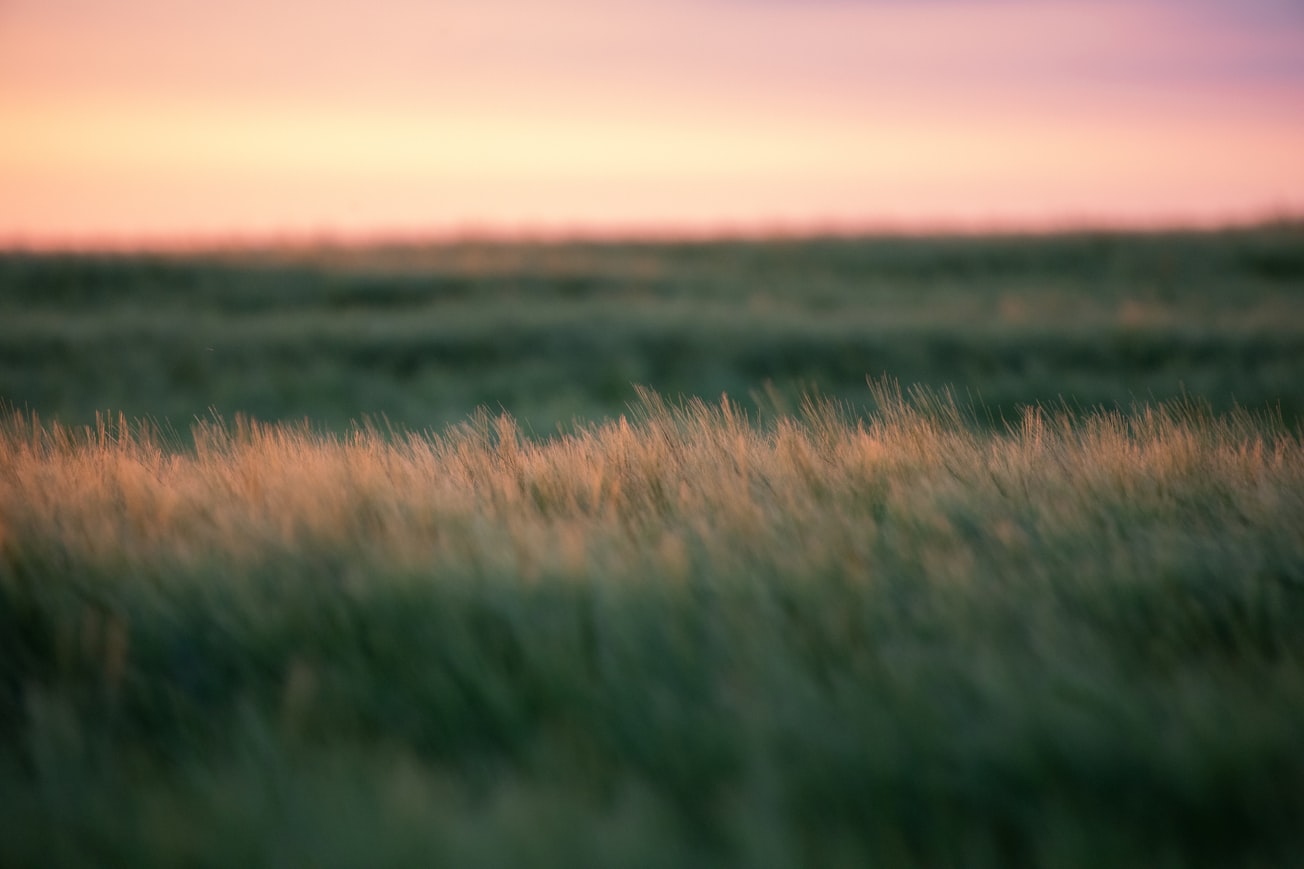What is it about?
Isolation of cellulose nanofibrils from Triodia pungens via different mechanical methods. In this study, we report that very long and thin cellulose nanofibrils can readily be isolated from Triodia pungens biomass using unrivalled mild chemical pulping, followed by several mechanical fibrillation methods. After a typical pulping process which includes washing, delignification and bleaching steps, mechanical fibrillation was performed via high pressure homogenization, ultrasonication and high energy ball milling using relatively minimal energy in all approaches.
Featured Image

Photo by Neil Mark Thomas on Unsplash
Why is it important?
Triodia pungens is one of the 69 species of an Australian native arid grass which covers approximately 27 % of the Australian landmass.
Perspectives
The tensile properties of sheets of the cellulose nanofibrils obtained via homogenisation demonstrated the potential for their applications where the flexibility and toughness are required such as flexible electronics, nonwovens and high performance membranes.
Dr Pratheep K Annamalai
University of Queensland
Read the Original
This page is a summary of: Isolation of cellulose nanofibrils from Triodia pungens via different mechanical methods, Cellulose, June 2015, Springer Science + Business Media,
DOI: 10.1007/s10570-015-0688-x.
You can read the full text:
Contributors
The following have contributed to this page







